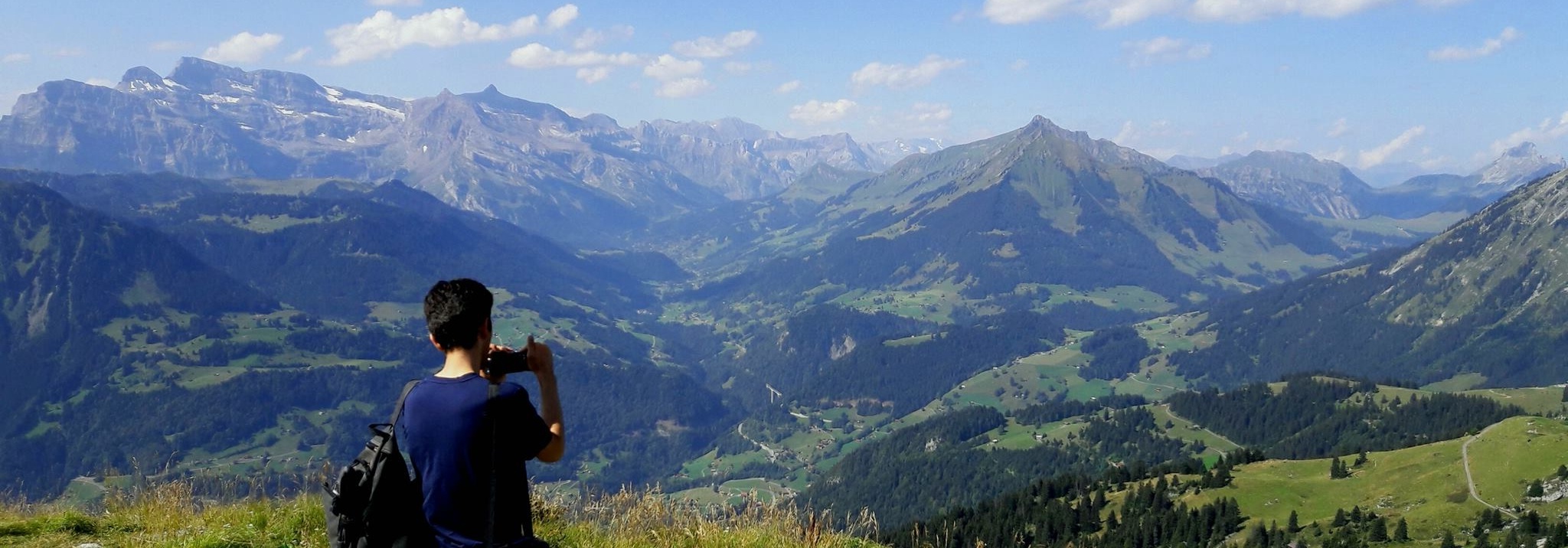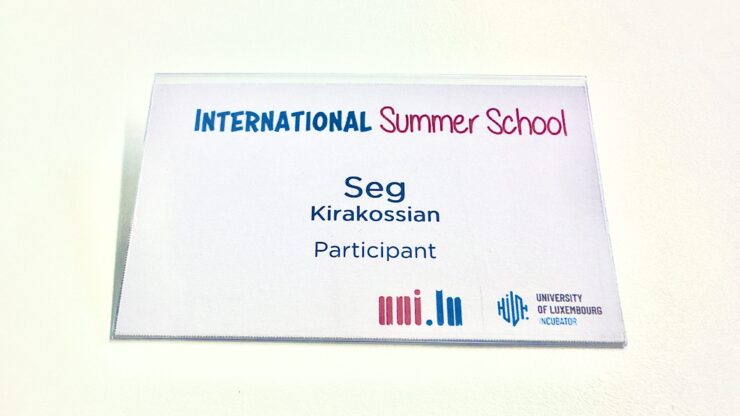Vices and Virtues of Material Constraints for Documentary Film Aesthetics (Based on the Luxembourgish and Armenian Documentary Films)
PhD student: Seg Kirakossian (Sergey Kirakosyan) / Supervisor: Gian Maria TORE
1. Background of the project
Documentary cinema is one of the most underestimated types of art. It is commonly used for educational or cognitive purposes and political propaganda, but there seems not to be a common awareness that the insensitivity to its artistic dimension makes it less effective for any purpose. Moreover, the extreme variety of forms of documentary cinema —observational or performative, poetic or narrative, etc.— is definitely overlooked. There is a diversity of authors who are differently related to History and Geography (let us think of Jean Rouch, Werner Herzog, Agnès Varda, Errol Morris, among others): there again, its diversity is fundamental. Moreover, not only “important” documentary films exist, but they seem to demand different and controversial approaches: suffice to mention Leni Riefenstahl’s Olympia (on the Olympic games in Germany in 1936), still discussed today, as at its premiere in 1938, both for its purpose and its form, which are equally and complexly radical. And finally, today, whether for the political ritual of memory (for example, that of traumatic events) or for the capitalistic and technological need for innovation (for example, with the VR and the 360° experiences), documentary cinema is richly attractive. But, unhappily, there again, it is attractive in an implicit way. This is the reason why we think that the creation as well as the appreciation of documentaries, including the funding mechanisms which are often essential to their existence, should be a subject of scientific research. And such research should be both local, i.e., historically and geographically focused, and general, i.e., theoretical, raising problems of definitions and approaches.
2. Problem, starting point and basic focus
This research starts with the historical background of documentary film in Armenia and Luxembourg, providing insights into the sociocultural, political, and economic factors that have shaped documentary filmmaking in these countries. In parallel, its problem is the “specificity” of such domain of cinema. It is universally admitted that the perception of documentary and fiction films differs, but, firstly, what is a “documentary” film exactly? Since its first occurrences in the 20s of the last century as a description of a film, this term, and thus the “genre” it embodies, is not satisfactorily defined. Secondly, if the appreciation of a “documentary” film should be different from the appreciation of a fiction, how should that be exactly? It is, by definition, a question of aesthetics (i.e. the domain of sensation, perception & appreciation). But it is not a well-explored question, and that is the first problem we want to tackle with our research, along with the (material? ideological? semiotic?) problem of the definition. On that basis, the thesis will conduct local case studies to understand, with separate and generalized examples, how economic, cultural and ideological constraints can affect the aesthetics of cinema. This is what we consider the most important challenge of this research.
3. Methodology
Having established that our object can be studied by different disciplines (anthropology, psychology, sociology, archival science and philology, philosophy…), our approach will be especially esthetical, on an historical basis. Firstly, the quantitative research will define the perimeters of our object, the documentary cinema in Luxembourg and in Armenia; secondly, it will lead to case studies that analyze films considered as being singular as to their forms and contents. Finally, the issue will be raised about the kind of evaluation these films, and hence this area of cinema, can receive.
On the one hand, the research will also include interviews with filmmakers and professionals of two countries, not about their films, but about their beliefs (perception and evaluations) in documentary film aesthetics, their understanding of the differences not only with fiction cinema but also with TV reports. Media analysis will collect and review press articles and other discourses on documentary films produced in Armenia and Luxembourg, to find out what features seem to count within an internal perspective. On the other hand, comparative research will study the similarities and differences in the material constraints (money-, equipment-, geographical restrictions- and human resource-related issues) faced by documentary filmmakers in Armenia and Luxembourg. Such a comparative approach will serve as a minimal precaution against easy and biased generalizations about “cinema in Luxembourg” or “cinema in Armenia”. There also, the purpose will be to discuss the aesthetical implication of such constraints.
If needed, practice-based & -led research methods can be used. For instance, we could distribute the same archival material to the filmmakers from both countries and ask them to make a film in the form they want: we will try to find out then the motives of editing styles and ways of constructing the storyline. This method can be conducted in cooperation with researchers in archival sciences as well (both Luxembourg and Armenia have national audiovisual archives).
4. Expected/researched output
The research highlights the importance of (1) understanding the documentary film system and (2) the role of material constraints (funding, cultural and economic policy) in shaping the aesthetics of the films. But these issues are presented as problematic.
This project consists of a historical and aesthetic approach to documentary films, based on two small cinematographic industries as case studies: Armenian and Luxemburgish cinema. Starting from their study, the question is: To what extent the film form relies on the socio-economic reality? In what (scientific) sense can creativity be thought of as being linked to materiality?
Thus, the thesis eventually opens to the “material turn” of Humanities, and hence of Art and Aesthetics today. It aims at linking historical research for understanding the possible traditions – and hence constraints – of filmmaking in two countries, to an aesthetic horizon, for addressing “creation” and its forms.
5. Implications
The thesis will be led in contact with the professional world of cinema in Luxembourg and in Armenia. A final report will be sent to them, especially to public and private funding bodies. The findings of this research can be used to improve the public funding system in film funds: by understanding the impact of material constraints on the aesthetics of documentary films, film funders can better allocate resources and support filmmakers to achieve their creative vision while also meeting funding requirements. The research suggests that funding decisions should not be solely based on financial security but should consider the creative potential of the project on the one hand and the filmmaker’s understanding of the documentary film system on the other hand. This can lead to a more diverse and innovative documentary film landscape that reflects the cultural and social realities of different countries and regions. This can be helpful also for filmmakers to realize the strengths and weaknesses of their production, which can bring to improvements in their upcoming works from an aesthetic point of view.

